What makes it a wine legend?
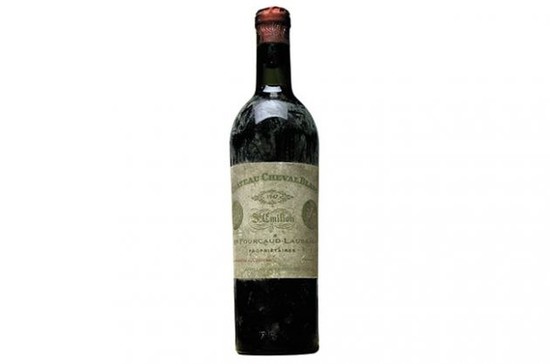
Wine Legend: Château Cheval Blanc 1947, St-Emilion, Bordeaux, France
Number of bottles produced 110,000
Composition of blend 50% Cabernet Franc, 50% Merlot
Yield (hl/ha) 37.4
Alcohol content 14.4%
Release price 15-50 ‘old’ francs
Auction price today £3,500-£7,300 (source: Liv-ex)
A legend because…
Experienced tasters often maintain that this is not only the finest Cheval Blanc of the 20th century but one of the finest clarets of that century. Yet it’s a wine that doesn’t conform to the model of fine Bordeaux: it is rich and Porty, high in alcohol and volatile acidity. This weight and opulence may have been atypical of Cheval Blanc, but few tasters have been able to resist its lush texture and voluptuous flavours. Yet its success was in a sense freakish, as no modern winemaker would set out to live so dangerously as to produce a wine in this style. As French wine writer Michel Dovaz remarked: ‘1947 Cheval Blanc defies the laws of modern oenology.’
Looking back
The present-day vineyards of Cheval Blanc once formed part of Figeac, but two substantial parcels were sold in the 1830s to the Ducasse family. A Ducasse daughter married Jean Laussac Fourcaud in 1852, and the family (their name evolved over the decades into Fourcaud-Laussac) owned and managed Cheval Blanc until its sale in 1998 (see below). The wines were always respected but only began to fetch prices comparable to the Médoc first growths in the 1960s.
The people
In 1947 Cheval Blanc was in the hands of the Fourcaud-Laussac family that had owned the property since the early 19th century. Their ownership would continue until 1998, when it was acquired by the present owners Bernard Arnault, CEO of luxury goods group LVMH, and Belgian tycoon Baron Albert Frère. In 1947 the manager was Jacques Fourcaud-Laussac.
The vintage
The summer was exceptionally hot, with unblemished weather from early April to October. The harvest at Cheval Blanc began on 15 September, when temperatures were still above 35ºC, and would have been completed quite rapidly. These torrid conditions meant that Bordeaux wines, especially on the Right Bank, achieved atypically high natural sugar levels, resulting in opulent wines that in some cases lacked stability. The crop was generous.
The terroir
For a property with only 37 hectares of vines, the soils are diverse and perhaps more typical of Pomerol, which Cheval Blanc borders, than of St-Emilion. There are three soils types: gravel over clay (40%), deep gravel (40%), and sand over clay (20%). The clay soils tend to give the highest sugars but can result in low acidity wines. Vines planted are 58% Cabernet Franc, 42% Merlot.
The wine
Although the hot weather had delivered grapes very high in sugar with some raisining, this was a mixed blessing in 1947, as most châteaux had difficulty controlling the fermentation. In an era before mechanised temperature control, the only method-practised at Figeac as well as Cheval Blanc – was to cool the must by adding ice to the vats. No doubt this prevented a fermentation meltdown, but even with the addition of ice the final wine was (in an era when 11.5% or 12% were the norm) very high in alcohol. Moreover, the wine did not ferment to complete dryness, leaving a little residual sugar, which accounts for the impression of portiness that many tasters have remarked on. Until 1952 much of the wine was sold in cask and bottled by purchasers, so there may well have been bottle variation.
The reaction
Michael Broadbent opines in Vintage Wine that the 1947 ‘is one of the greatest wines of all time’. Tasted in the mid-sixties, he found that it ‘knocked Lafite and Margaux out of court’.
By the 1980s the wine, he says, was at its peak, with fabulous concentration yet lacked charm. By 2000, he noted: ‘faultless yet – dare I say it – unexciting’.
David Peppercorn MW in 1986 also commented on the wine’s ‘Port-like’ character, admitting that it was ‘almost a freak’.
Present-day director of Cheval Blanc Pierre Lurton concedes, however, that the 1947 is ‘an accident of nature’.
Translated by Leo / 孔祥鑫
All rights reserved by Future plc. No part of this publication may be reproduced, distributed or transmitted in any form or by any means without the prior written permission of Decanter.
Only Official Media Partners (see About us) of DecanterChina.com may republish part of the content from the site without prior permission under strict Terms & Conditions. Contact china@decanter.com to learn about how to become an Official Media Partner of DecanterChina.com.

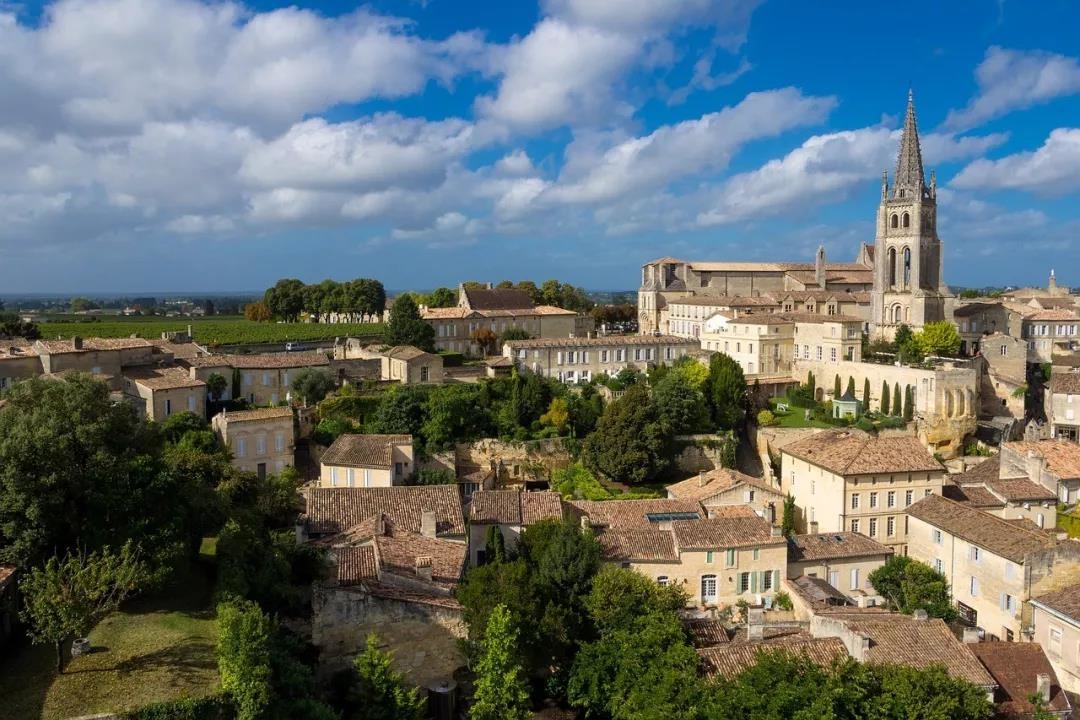
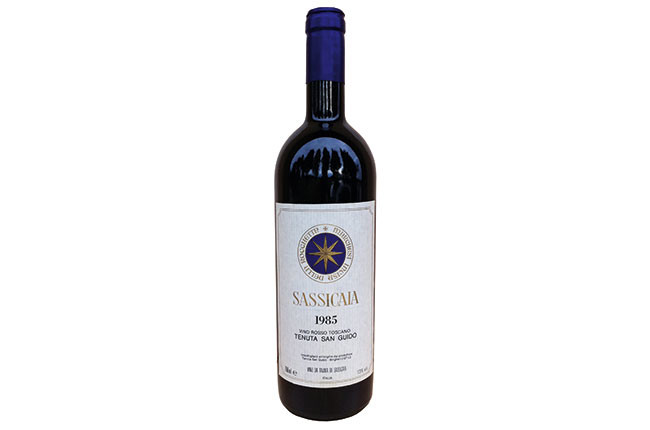
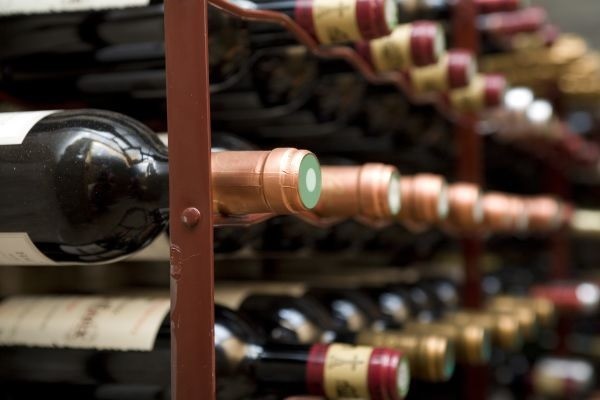
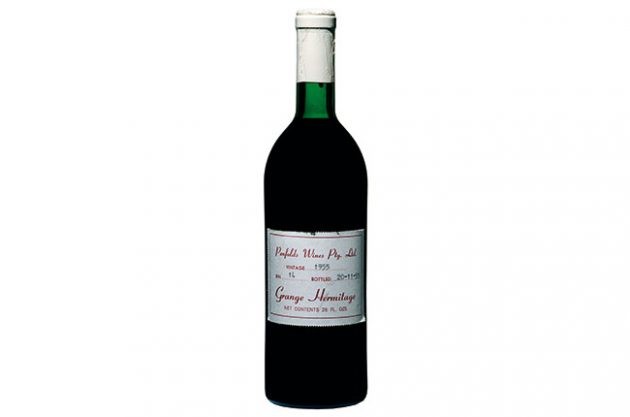
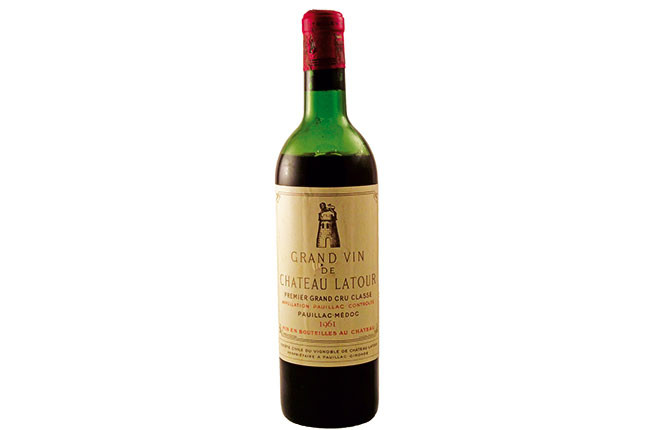
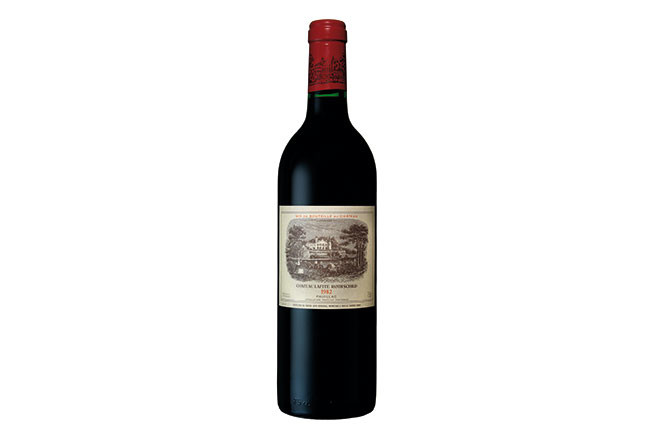
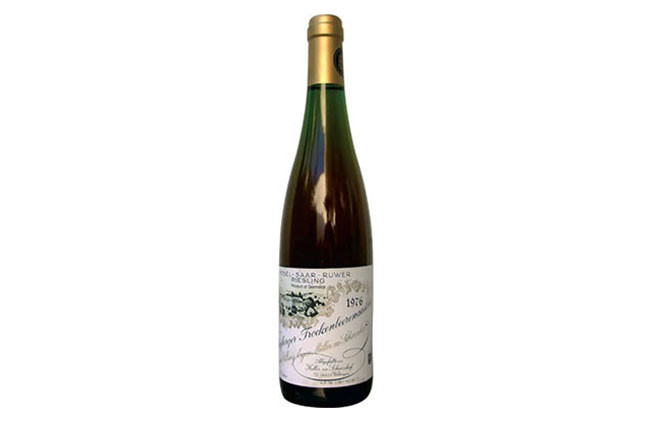
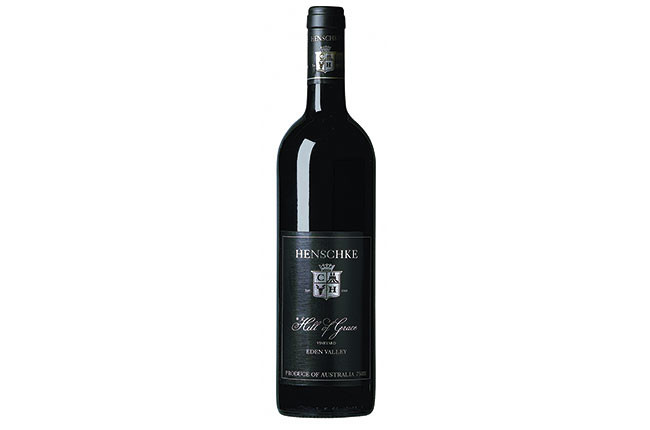
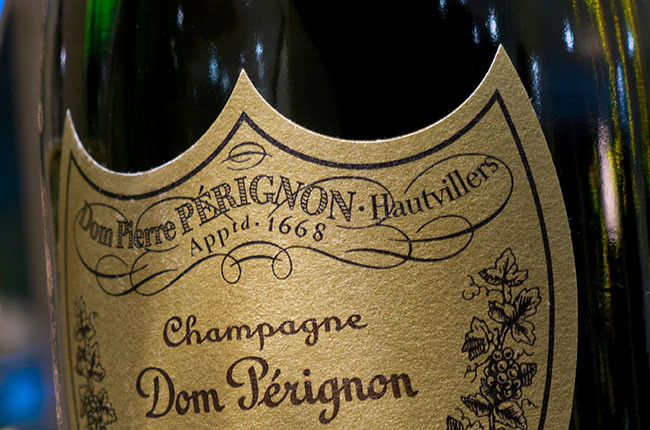
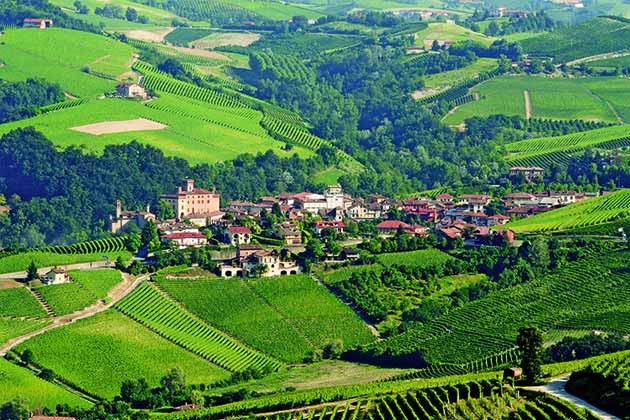
Comments
Submit